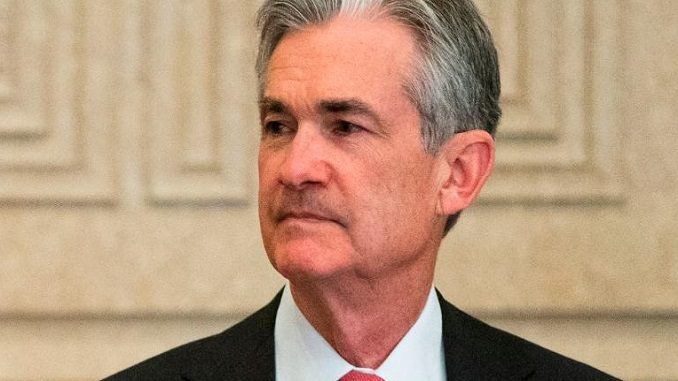
The Federal Reserve on Wednesday repeated its pledge to keep its target interest rate near zero for years to come after projecting a rapid jump in U.S. economic growth and inflation this year as the COVID-19 crisis winds down, Reuters reported.
The U.S. central bank now sees the economy growing 6.5% this year, which would be the largest annual jump in gross domestic product since 1984, and the unemployment rate falling to 4.5% by year’s end. That compared with projections in December of 4.2% GDP growth and 5% unemployment.
The pace of price increases is now expected to exceed the Fed’s 2% target for the year, hitting 2.4% by year’s end before falling back in 2022.
“Indicators of economic activity and employment have turned up,” the central bank’s policy-setting Federal Open Market Committee said in a statement that kept the benchmark overnight interest rate in a target range of zero to 0.25%.
The improvement in the Fed’s economic outlook did not immediately alter policymakers’ expectations for interest rates, though the weight of opinion did shift. Seven of 18 officials now expect to raise rates in 2023, compared to five in December.
Four of them now feel rates may need to rise as soon as next year, a change from zero as of the last projections in December.
Fed Chair Jerome Powell said the worst economic outcomes that could have arisen from the pandemic had been avoided thanks to aggressive support from the federal government and the central bank.
But he stressed the rosier outlook did not mean the Fed would now remove its support for the economy, with the nation still 9.5 million jobs short of where it was before the emergence of COVID-19 and inflation below the Fed’s target.
“The strong bulk of the committee is not showing a rate increase during this forecast period,” Powell said during a news conference to discuss the policy meeting, referring to the 2021-2023 time frame.
U.S. stocks closed higher after a choppy session, boosted by Powell’s comments that it was too soon to talk about tapering the central bank’s $120 billion in monthly asset purchases.
The benchmark 10-year Treasury note yield, which surged to 1.689%, the highest level since January 2020, ahead of the Fed’s statement, had dipped to 1.640% by late afternoon.

Be the first to comment